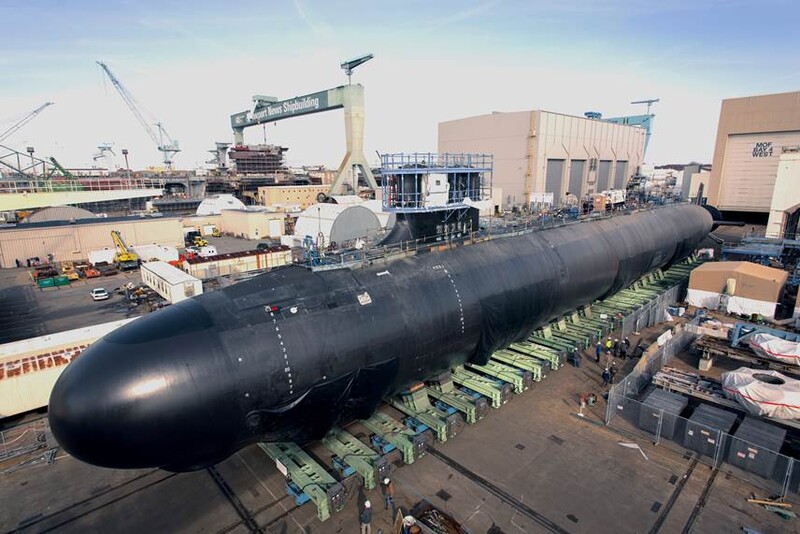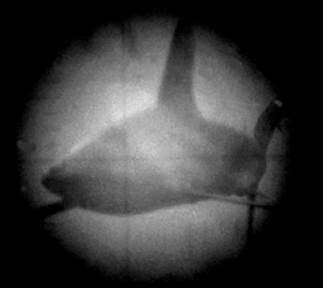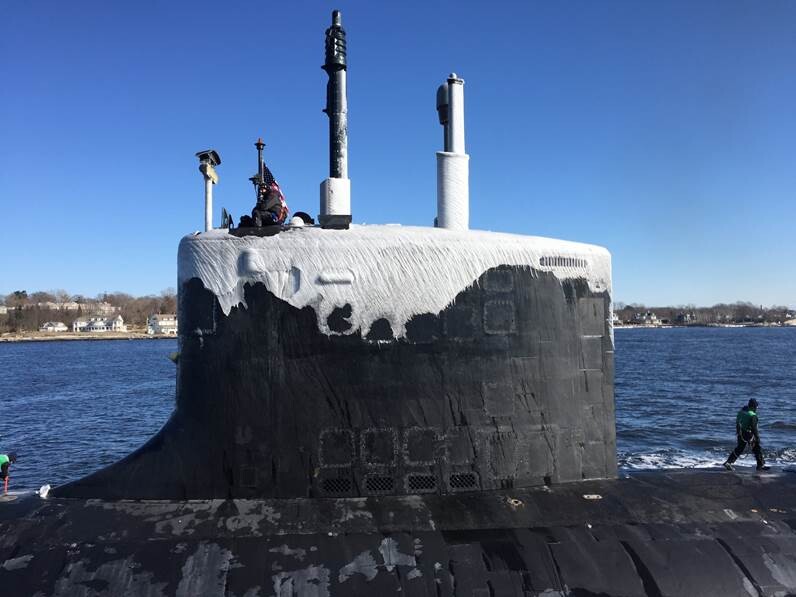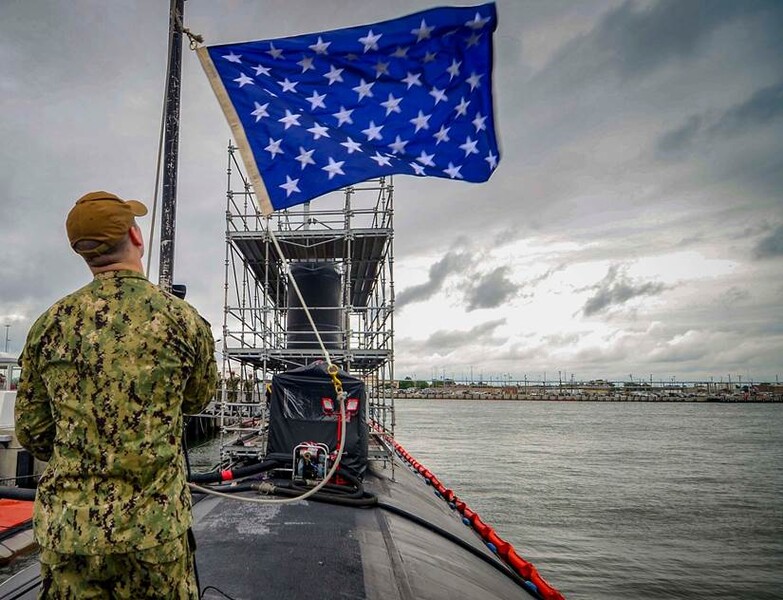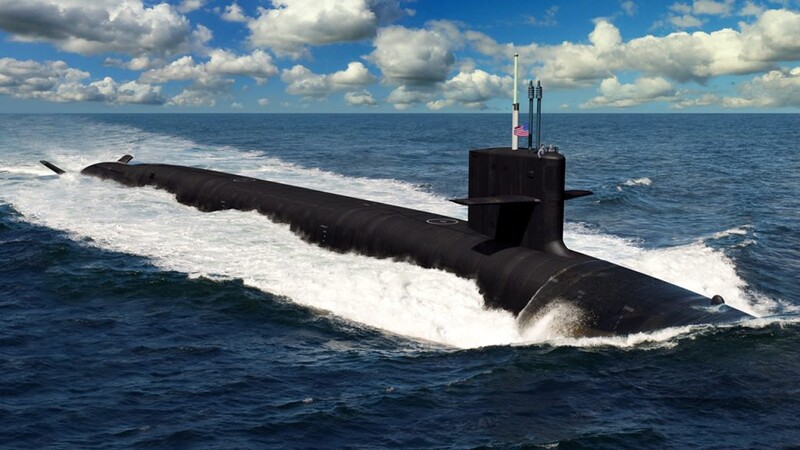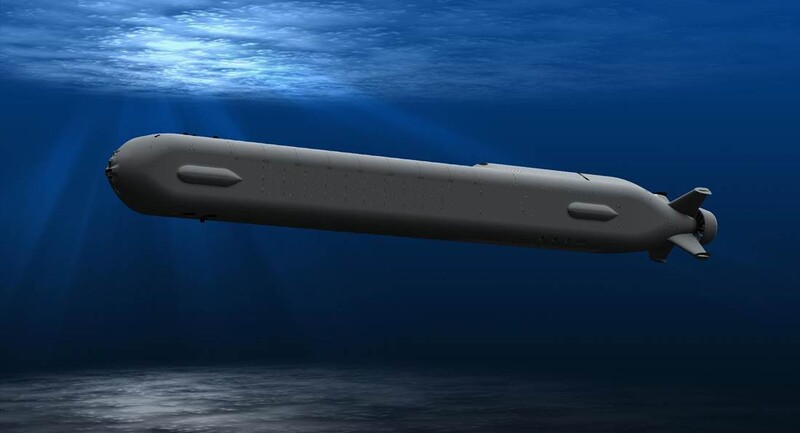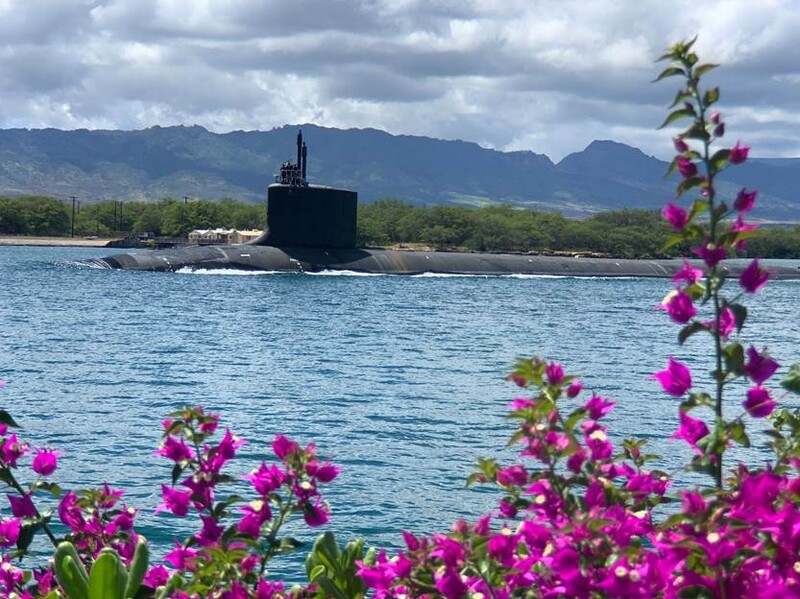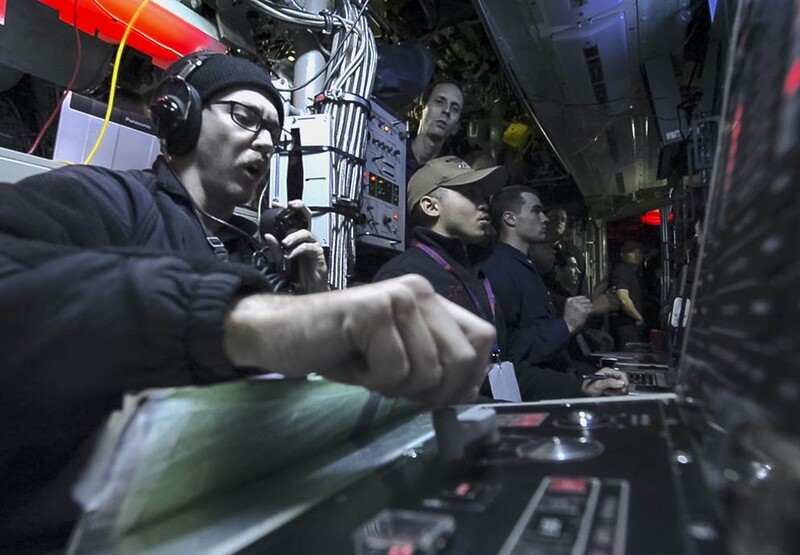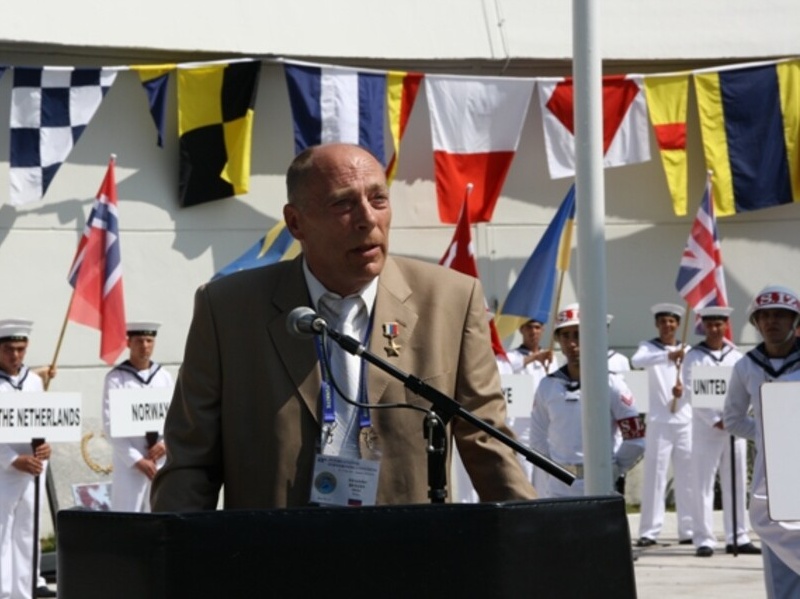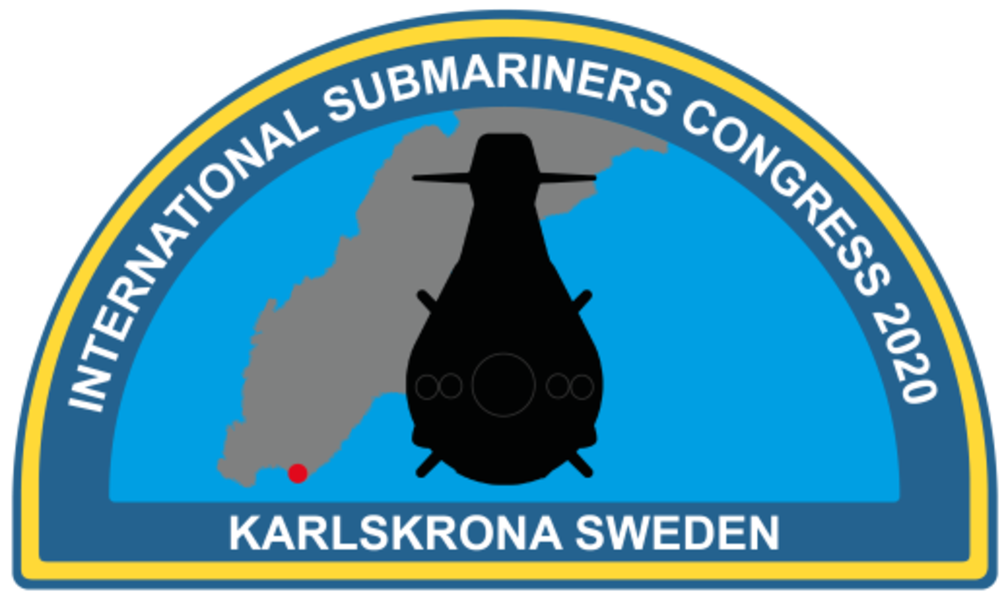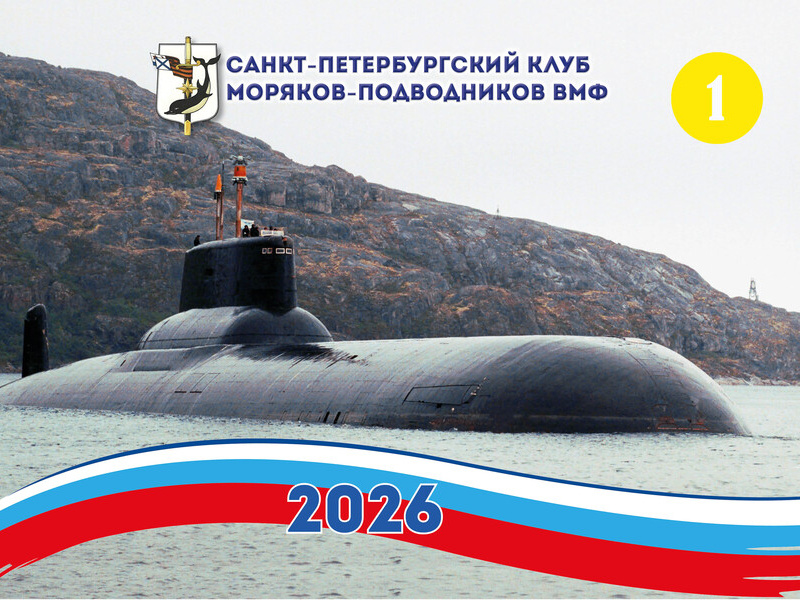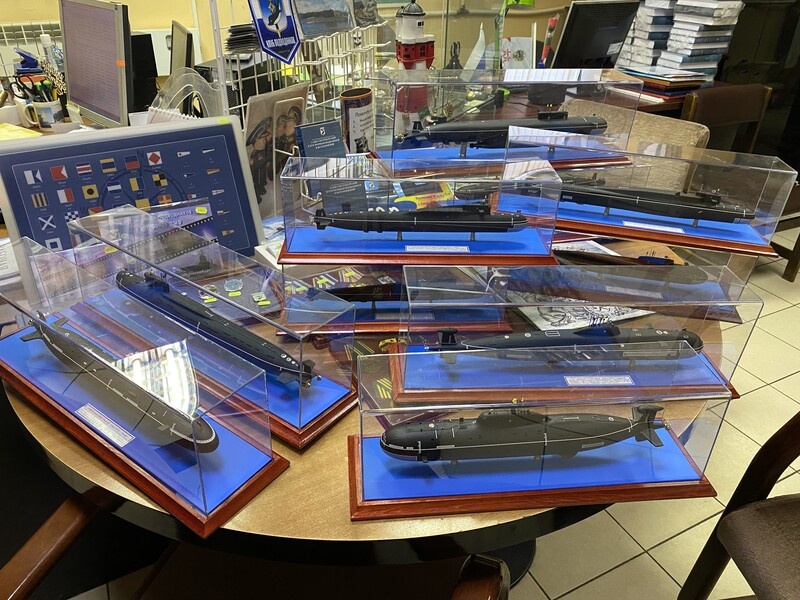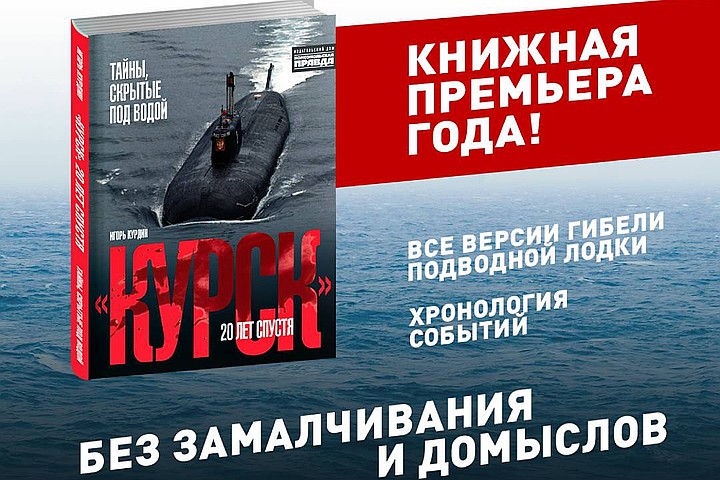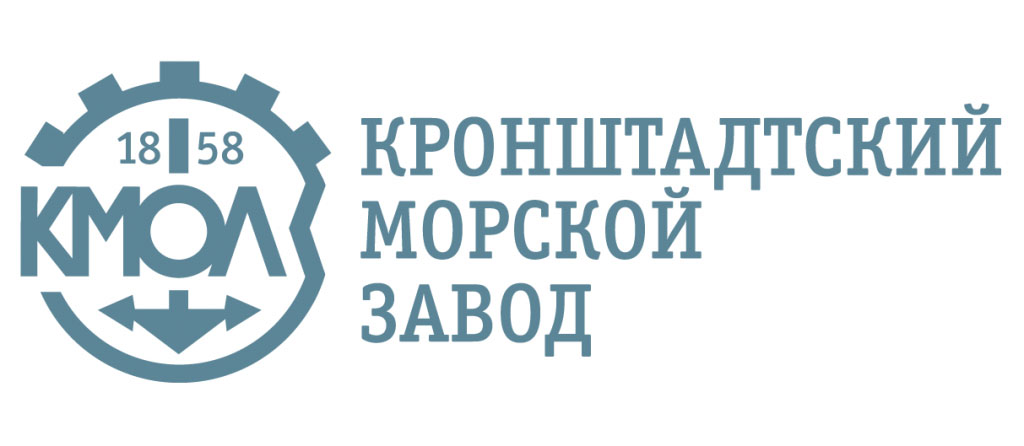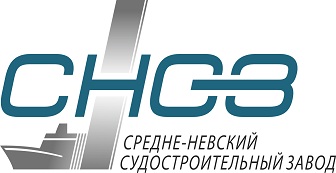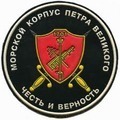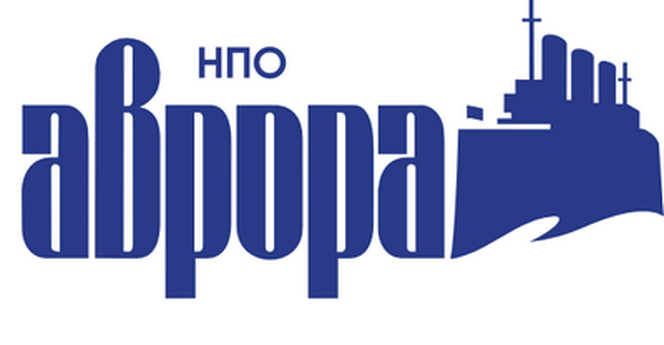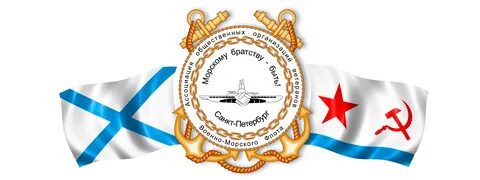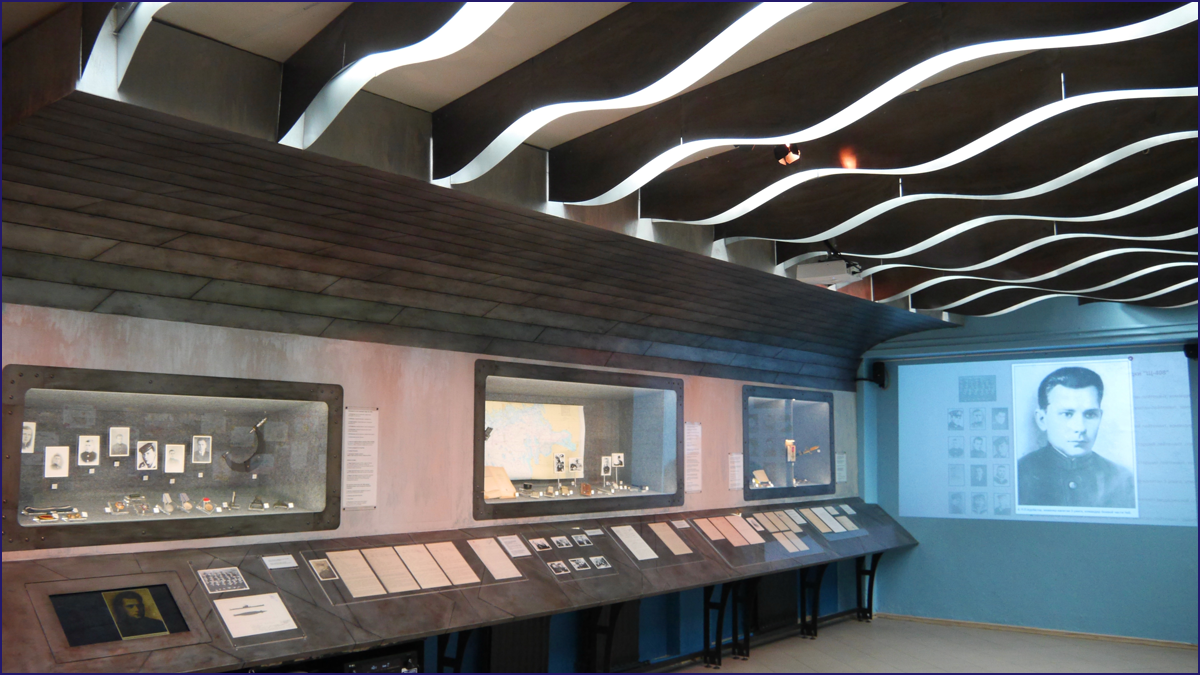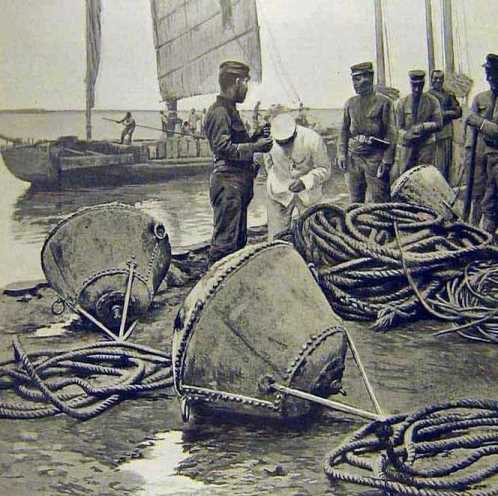Date: 09 Dec 2020
A report from Lars Nordenberg on the Video Conference of the Heads of Delegations (HOD)on 05 Dec 2020
International Submariners Association (ISA) video meeting via ZOOM 2020-12-05.
11 ISA countries had signed in.
1 The meeting agreed that the International Submariners Congress (ISC) for 2021 in Karlskrona is canceled because of the Virus.
2 The meeting agreed that Sweden should be host ISC in Karlskrona in the year 2022. A decided date will be announced soon.
3 The meeting suggested the following hostess for ISC:
- For the year 2023, the ISC shall be held in Greece.
- For the year 2024, Montenegro will host ISC.
4 Lars asked about how to refund the conference fee if there are too many people who want their money back. The delegates suggested that the best thing is to let the Conference fee pass to the next ISC.
In the future, it must be stated in the payment announcement that the registration is binding and the fee is not refundable after a specific date.
5 The delegates suggested that the same program for 2020/21 shall be maintained for ISC 2022 in Karlskrona.
6 Norway and The United States suggested that they would like to host the ISC in 2025; the United States Congress would (subject to ISA/USA board approval) be held in Ireland in honor of JP Holland, the inventor of the modern Submarine, this will be discussed in later meetings.
The delegates suggested that this HOD meeting via ZOOM should be held every three months.
Bud Cunnally is offering in this week's newsletter a Zoom Meeting between all World Wide submariners to give a history of your Navy and the beginnings of each countries Submarine service. Bud is suggesting every other Saturday for the ISA zoom meetings if we get enough responses.
Lars Nordenberg for the Swedish Submariners
The Swedish Congress website
Join 31 Other Nation's Submariners for fun and travel; once this Virus is gone.
Consider becoming a member of the ISA-USA; you will benefit in many ways.
- Be part of a 50-year tradition of international friendships of submarine sailors. Check out www.submariners.org for the history of the International Association
- Travel to foreign countries to participate in conventions that usually include thirty-one states in attendance.
- Establish friendships with submariners from other nations.
- Contribute your Submarine history and experience in our World Wide e-mail blast.
- We Cheerfully accept members that have not served but are interested in worldwide submarine activities
Lifetime membership only $50.00.
ISA/USA Membership Application. All new ISA/USA members receive a Membership card, ISA/USA Patch, and a new larger Vest Pin. On our weblink below and print an application:
Send completed form and membership fee to:
John Bud Cunnally E.T.C. (SS) Ret. USN – President
International Submariners Association of the USA (ISA/USA)
4704 Coppola Drive
Mount Dora, Fl 32757-8069
Bud Cunnally is inviting you to a scheduled World Wide ISA/USA Zoom meeting.
Topic: International Submariners-When did your country establish a Navy, and when did it begin Submarining? Any good sea stories?
Time: Saturday 19 Dec 2020 09:00 AM Eastern Time (USA and Eastern Canada)
Join Zoom Meeting Click below:
https://us04web.zoom.us/j/79752446617?pwd=YWRlRVVCM2hzU2w1T3hqMkRiZCtWdz09
Shipmates,
Please copy and access this website link to see what the Groton Base is/and has been doing to support our Submarine Community.
https://www.nbcconnecticut.com/news/local/pandemic-doesnt-stop-sailors-from-getting-a-taste-of-home-this-thanksgiving/2371034/
The Groton Connecticut USA, Base members, continually work 24/7 in promoting USSVI and should be recognized for their above and beyond efforts. Their work on supplying food on Thanksgiving is phenomenal. Their feeding sailors from the Submarine base on Christmas is something they do for all of us. Please take notice of how Groton Base members have spent untold hours in upgrading (cleaning, painting, etc.) to improve the appearance (walls, deck, stage, etc.) of our United States Submarine Veterans, INC. (USSVI) building.
Cliff Baker Posted this on Facebook - too good to pass up
INTELLIGENCE
A young LCDR meets with a Chief in his office. The LCDR asks, "Chief, how do you run such an efficient shop? Are there any tips you can give to me?"
"Well," says the Chief, "the most important thing is to surround yourself with intelligent people."
The LCDR frowns and says, "but how do I know if the people around me are really intelligent?"
The Chief takes a sip of coffee and says, "oh, that's easy. You just ask them to answer an intelligence riddle."
Then the Chief yells out to one of his First Class Petty Officers.
The First Class walks into the room, "yes, Chief, what can I do for you?"
The Chief smiles and says, "answer me this, please. Your mother and father have a child. It is not your brother, and it is not your sister. Who is it?"
Without pausing for a moment, the First Class answers, "Well, that would be me."
"Yes, Very good. Thanks," says the Chief.
The LCDR goes back to his office, assembles his junior officers, and asks them the same question, "answer this for me. Your mother and your father have a child. It's not your brother, and it's not your sister. Who is it?"
All of the junior officers look at the LCDR in amazement, "We're not sure; let us get back to you on that one."
The junior officers then have numerous meetings to discuss the question without any resolution.
Finally, they run into the Chief.
The junior officers ask, "Chief, can you answer this for us? Your mother and father have a child, and it's not your brother or your sister. Who is it?"
The Chief yells back, "That's easy. It's me!"
All of the officers smile and say, "Thanks!"
The junior officers schedule a meeting with the LCDR, and at that meeting, report, "sir, we found the answer to your question. We did some research, and we have the answer to that riddle. It's a Chief!"
The LCDR gets up and starts screaming at them, "No, you idiots! It's the First Class!"
Charlie Thompkins sends this video.
Exciting video on how the USS Pennsylvania (SSBN-735) works; it is a nuclear-powered submarine powered by a lump of uranium the size of a fist, which provides all of the power to navigate and provide the energy for the daily operations. This BOMMER and has been running since 1989 without having to refuel.
Have you ever wondered how they get fresh air underwater to last for months? How they launch a nuclear warhead? How can they make the Submarine quiet to avoid detection? .. See the answers in this video.
(Click On Link Below )
The Largest Submarine in The US Navy
Submarine Force Changing Training, Acquisition to Focus on Warfare Against Sophisticated Adversary
By: Megan Eckstein
November 25, 2020 12:07 PM
Fire Control Technician 3rd Class Jacob Thompson, from Cleburne, Texas, initiates a Mark 48 advanced-capability torpedo launch aboard the Los Angeles-class fast-attack submarine USS Chicago (SSN-721) in support of Valiant Shield 2020. US Navy Photo
The submarine fleet has shifted its focus from operational readiness to warfighting readiness. With that new mindset has come changes in how the fleet conducts training, acquisition, and maintenance, several officials said last week.
After a post-Cold War focus on intelligence missions, "I think we had slipped a little bit on just having the knife-in-the-teeth ability to think about warfighting and making sure we were ready to deliver lethal effects to adversaries when called upon. So that's been a cultural shift we've been working on this past year," Vice Adm. Daryl Caudle, the commander of Naval Submarine Forces and Naval Submarine Force Atlantic, said last week at the Naval Submarine League annual symposium.
"We've tweaked our fleet readiness training period and pre-deployment training to focus on high-end warfighting. We're trying to balance that with a peacetime mission set to make sure that, sure, we can still go into shallow water, high-contact density, do those collects that we're known for – but we're focusing now on delivering lethal effects," he said.
Caudle noted several ongoing initiatives to help with this shift in focus: shoring up the fleet's inventory of advanced capability (ADCAP) torpedoes, as well as growing the inventory of other new tools like uncrewed vehicles; establishing a submarine aggressor squadron to ensure the force is training for the right kind of peer adversary capability; and bolstering maintenance capabilities at home and in expeditionary locations to ensure the subs are in fighting shape.
On the issue of maintenance and material readiness, Caudle said the force was testing "expeditionary weapons-loading and resupply forward. We're doing that through all sorts of different methods using unique ports, flyaway teams to bring the kit, and loading Mk 48 ADCAPS and doing resupply in various innovative ways."
The Virginia-class fast-attack submarine USS Missouri (SSN 780) departs Pearl Harbor on 10 May 2020, after completing a scheduled extended dry-docking selected restricted availability (EDSRA). Missouri's routine maintenance and modernization work was completed five days ahead of schedule after successful sea trials and certification. US Navy photo
"We're working on maintenance as well to be able to do this more robustly throughout the globe. We're calling it the 'Shop in a Box' concept, where we can build out maintenance capabilities and kit in Conex boxes and conduct repairs and maintenance in theater. Faslane, UK, and Rota, Spain, are a couple of places we're testing this out: our partners love it because we come in with our submarines, and our flyaway teams come in, and all the kit's ready to go, and we can do much more sophisticated repairs," he continued.
"But we do want to rely less and less on flyaway teams; this is a Navy-wide cultural shift. We want our ships to be kept repaired at sea. So we want to limit the number of [casualty reports] that are being [sent]. We want the number of technical assist requirements of sending flyaway teams to be reduced, and we want to enter these shipyard availabilities … in better material conditions. So this is part of this warfighting cultural shift to have the captains keep their ships repaired at sea, and that's a significant part of this initiative."
Rear Adm. Blake Converse, the commander of Naval Submarine Force Pacific, said in his remarks during the virtual event that he worried about the fleet's ability to do maintenance in the shipyards and expeditionary locations, especially if the attack submarine fleet were to grow in the coming decades as Navy and Pentagon leadership have discussed.
Converse noted that the Navy has 50 attack submarines today than about 100 at the end of the Cold War. Still, despite the SSN force shrinking to half its former size, the infrastructure to maintain and support it has shrunk even more: the Navy has just two submarine tenders today compared to 12, four public shipyards compared to 11, just two fixed undersea Sound Surveillance System (SOSUS) stations compared to 22, and many fewer maritime patrol aircraft and surveillance ships to help support SSN operations compared to the later years of the Cold War.
"This is concerning today, and as we increase our SSN force structure over the next two decades, it will become a crisis without dedicated action today," Converse said explicitly of the maintenance capacity. However, he said he worried about boosting the other undersea warfare support systems too.
New Technologies
Artist's conception of the Boeing and HII Orca XLUUV. Boeing Image
Converse spoke at length about the improvements he hoped to see in unmanned systems – both moving vehicles and fixed seabed sensors – that will help the attack submarine fleet do its job better.
The fleet has uncrewed underwater vehicles, remotely operated vehicles, and crewless aerial vehicles to feed information to attack subs on the mobile side.
"These capabilities are pennies on the dollar compared to building more submarines or making substantial changes in sensor and weapons packages. They can't replace an SSN, and we need more of those, but in the near term, we also need these capabilities to expand our lethality as we seek to ramp up production of SSNs in the long term," Converse said.
Rear Adm. David Goggins, the executive program officer for submarines, said in his speech at the event that his team had had success with a sub-launched unmanned aerial system (SLUAS) that just reached initial operational capability in September.
SLUAS is a rapid acquisition program that, just eight months after having its capability production document approved, conducted its first at-sea demonstration with Los Angeles-class USS Annapolis (SSN-760). Goggins said Annapolis launched all 12 of its SLUAS vehicles from periscope depth, controlled them out to tactically relevant ranges well beyond its line of sight, and used them to conduct a simulated torpedo attack USS Charleston (LCS-18). The UAVs sent back precise targeting data after the Submarine got its initial sonar hit on the surface ship. The pairing allowed Annapolis to hit its target at near the maximum effective range of the torpedo.
Goggins said PEO Subs has fielded five-ship sets so far and will continue delivering more quantity and pursuing capability evolutions for the UAVs.
Advanced Training
Electronics Technician (Nuclear) 1st Class Andrew Wagner hoists the union jack aboard the Los Angeles-class attack submarine USS Albany (SSN-753) 11 Jun 2019. US Navy Photo
The warfighting mentality in the submarine force can perhaps be seen in how training and certifications are now conducted.
Capt Kevin Mooney, the Naval Submarine Force Atlantic director of training and readiness, said during a panel discussion that a review showed the force was too focused on peacetime missions and needed to pivot to a more combat-focused curriculum.
In the old Tactical Readiness Evaluation, submarine crews were graded based on both missions like surface warfare and competencies such as navigation and contact identification. Mooney said both were weighted equally in the grading and that within missions, the TRE included about half peacetime missions and half wartime missions – meaning that the overall grade was only about 25-percent based on how well a submarine crew could succeed in a wartime mission in a combat environment against a peer adversary.
The new Combat Readiness Evaluation starts at the beginning of a combat operation scenario and asks the crew to work its way through a whole series of events based on combatant commander war plans. The crew can't succeed in the evaluation without being good at navigation and target acquisition. Still, the grade itself is 100-percent based on how they perform in combat mission tasks such as land strikes, anti-submarine warfare, and surface warfare.
Mooney said the shift to a CRE was a good start, but that leadership wanted to see faster improvements, so they introduced an element of competition. At any time, an attack submarine crew could be called upon to go head-to-head against another SSN crew in a competition: the two crews would either act as adversary submarines working against each other or would be given the same mission against the same threat to see who could be more successful in reaching their objectives. Once a competition is called, the crew only has one week to prepare for it, Mooney said, so submarine commanders have to have the crew ready and well trained at all times, just in case. Mooney and Converse both said that submariners are competitive by nature and seem to be doing well with this training construct.
"When you put submarines head-on-head against other submarines, it introduces a level of uncertainty, and it also introduces the factor that it doesn't matter if you follow the tactics precisely: if you get shot before you shoot the other guy, you lose. That's how it works in war," Converse said.
"Unfortunately, that's not how it has always worked in our tactical inspections because we evaluate against the tactics. You have to understand the tactics, but you also have to recognize the values of dynamic maneuver, introducing uncertainty and all the other factors that go along with victory in those conflicts."
USS North Dakota (SSN-784) transits the Thames River as they pull into their homeport on Naval Submarine Base New London in Groton, Conn. US Navy Photo
To help inform these and other training events, one year ago, the Navy stood up a submarine aggressor squadron under the Undersea Warfighting Development Center "who is focused on understanding our adversaries at a deep level" and using that understanding to inform simulator and live training events, Caudle said in his remarks. He said he was pleased to see this development since serving as red forces for undersea warfare events involving other attack subs, destroyers, or ASW aircraft was typical "a pickup game" by whatever SSNs were available and using whatever tactics they might employ as American sailors – versus using intelligence to inform how a Russian, Chinese or other attack subs might behave.
Capt Eric Sager, the director of the aggressor squadron, said during his panel presentation that he works with the intelligence community, the type commanders, and the director of undersea warfare on the Chief of naval operations' staff (OPNAV N97) to share an understanding of adversary submarine combat capabilities and ensure that simulators have the right functionality to behave like foreign submarines. That live subs can emulate them when serving as red forces.
Though there's more demand for live submarines for training events than the SSN force can meet, Sager said the aggressor squadron has helped inform exercises so that, even without a live submarine present, the destroyers, helicopters, P-8A maritime patrol aircraft, and more can get a good idea of how a certain kind of enemy submarine might behave.
"We are heavily involved in exercises in many cases that don't involve submarines, and where we may model submarine behavior or model anti-submarine or anti-surface behavior from the adversary to help support their training objectives," he said.
1963 USS Thresher Investigation: Rickover Testimony
25 Nov, 2020 11:09 AM
This week, the Navy released the third set of documents from a previously classified investigation into the 10 Apr 1963 loss of USS Thresher and its crew of 129 sailors off the coast of New England.
A freedom of information lawsuit from retired Navy Capt. James Bryant, a former Thresher-class submarine commander, compelled the Navy to release the documents on a rolling basis.
The following is the third set of 12 volumes of proceedings of the court of inquiry ordered by the US Atlantic Fleet commander. The first set of documents can be found here. The second set of documents can be found here.
The latest release contains Adm. Hyman Rickover's testimony, the first director of Naval Reactors, as part of the inquiry.
From the report
Q. So far, there would seem to be no evidence that the reactor plant of THRESHER had any direct causal connection with her loss. This court has also found no evidence of any radiological contamination resulting from the loss of THRESHER at sea. Can you tell us what the radiological risk would be, considering that she was lost in about 8400 feet of water?
A. Before answering that question, if I may, Mr. President, I would like to say something about the crew. I'm sure that everyone in this room knows how I feel about the men who were on the THRESHER. Members of my Group and I knew many of them personally. We had selected them, trained them, encouraged them. We knew their problems. We can only hope that they have contributed to our more excellent safety in giving their lives for their country. It is a personal loss to me. L feel for their wives, their children, their fathers, and their mothers.
Having said this, I will now reply to your question. This merely is a restatement of what I have previously said in connection with the radiological effects of the THRESHER loss. There is no reason to believe that any radiological problem has been created or created by the THRESHER loss.
It might be useful to the court to have me put into its record the public statements
I made on April 11th and 12th, 1963, in that regard. These statements were cleared by the United States Atomic Energy Commission. I have not had any evidence or hypothesis that would lead me to change these statements. Let me now quote for the record my public statement of Apri l 11th, 1963:
"The reactors used in United States submarines and surface warship s are designed to minimize potential hazards to the environment, even under the most severe casualty
Conditions, such as the actual sinking of a ship. First, the reactor core is so designed that it is physically impossible to explode like a bomb. Second, the reactor fuel elements are made of extremely corrosion-resistant materials, even in seawater; thus, in the event of a severe accident, where the reactor is wholly submerged in seawater, the fuel elements will remain intact for an indefinite period. The radioactive materials contained in these fuel elements will not be released. Radioactive material could only be released from this type of reactor if the fuel elements were actually to melt. In addition, the high strength all-welded reactor boundary was to rupture. The reactor's many protective devices and self-regulating features are designed to prevent any fuel elements from melting automatically. Flooding of a reactor with seawater furnishes additional cooling for the fuel elements, and so provides added protection against the release of radioactive material."
On 12 Apr 1963, I released the following statement:
"Measurements for radioactivity and samples of debris recovered from the scene of the THRESHER has shown no radioactivity. Samples of the ocean bottom, which have also been obtained by the Oceanography Ship, ATLANTIS II in the vicinity of the incident, have likewise shown no radioactivity. Additional samples will be obtained and measured."
Since 12 Apr, there have been many other tests and samples conducted, and in the latest one of which I am informed as of yesterday afternoon, we have found no radioactivity evidence.
(Rickover's testimony begins on page 165 of the document).
USNI News has uploaded two versions of the document. One is the original scan of the Navy's pages; the second is a word-searchable document. Processing the searchable document has left some difficult to read pages blank, which can be seen in the original version.
Download the original version here.
Download the word-searchable document here.
Norwegian Submarine in one of their magnificent fiords (20+) Facebook
ISA/USA Member Timothy Esch Sends this scary encounter with a Great White Shark.
Back in the day, I was on a Boat fresh out of the Yards, and that Boat had the very first "production" BQR-15 towed array. Now granted, other boats had a BQR-15 towed array, but they were prototypes. We were sent down to the Tongue of the Ocean/Autec to test it out. Suddenly, we got alarms that some of the array modules were flooded; the attached photo shows what was seen as we came up to PD. I need to add that once we returned to port, there were some significant gashes on the array, and three big Shark teeth were taken out.
The "tail cone" of that array was soon modified so it would not vibrate so much as to be a Shark lure.
I can't say for sure that the photo shows the Shark that chomped on our array, but I think it was.
UPDATED: NDAA Conference Report Includes 2 Virginia Subs
December 3, 2020 4:59 PM • Updated: December 4, 2020 11:42 AM
Virginia-class submarine Delaware (SSN-791) was moved out of a construction facility into a floating dry dock using a transfer car system in 2018. HII Photo
Congressional authorizers have worked out a deal that would approve funding for two Virginia-class submarines, both the House and Senate Armed Services Committees announced Thursday.
The Fiscal Year 2021 defense policy conference report authorizes money for two Virginia-class boats and advanced procurement money so the Navy can continue constructing two submarines each year, according to a summary of the report released by the House Armed Services Committee.
The move comes after the Navy only sought one Virginia-class Submarine in its FY 2021 budget request but listed a second boat on its annual unfunded wish list.
Some lawmakers, including House Armed Services seapower and projection forces subcommittee chairman Rep. Joe Courtney (D-Conn.), criticized the budget submission for only seeking to buy one fast-attack Submarine.
Courtney, who has long been an advocate for building more submarines, praised the conference report for adding the second Boat.
"I’m proud of the bipartisan support to reverse the Administration’s inadequate shipbuilding budget and authorize funding for a second Virginia-class submarine,” Courtney said in a statement.
“This is a big win for our national security and eastern Connecticut. Preserving the two -year build rate provides a steady demand signal to our industrial shipbuilding base, mitigates the Navy’s submarine force structure decline, and helps stabilize the Columbia-class submarine program—the Defense Department’s top acquisition priority,” he added. “The proposal to cut this submarine was so flawed that the Trump Administration eventually asked Congress to reverse it.”
Senate appropriators in their funding bill unveiled last month allotted money for only one Virginia-class Boat. In contrast, the House Appropriations defense subcommittee in its version of the funding bill included money for two Virginia submarines.
In addition to the two Virginia-class boats, the authorization conference report also approves funds for two Arleigh Burke-class destroyers, one Columbia-class ballistic missile submarine, one Expeditionary Fast Transport (EPF) vessel, one Constellation-class frigate, and two T-ATS towing and salvage ships.
In its FY 2021 submission, the Navy did not ask to purchase an EPF ship but did seek to buy one San Antonio-class Flight II amphibious transport dock (LPD-17). In contrast, authorizers did not approve funds for the amphibious ship, both House and Senate appropriators in their respective spending bills allotted funds for an LPD.
In their drafts of the bill earlier this year, both House and Senate authorizers sought to implement oversight measures for the Large Unmanned Surface Vehicle (LUSV) program. The Navy has received mixed reviews on its USV acquisition approach from lawmakers, who worry the service needs to conduct more testing and experimentation before buying more uncrewed ships.
One way Congress is working to ensure the Navy experiments with the unmanned technology is by authorizing money for the service to “convert an EPF to an unmanned surface vessel to help better develop Concept of Operations (CONOPS) for future unmanned surface vessels,” according to the HASC summary of the conference report.
The conference report also features provisions related to the delay of the Navy’s 30-year shipbuilding plan and Integrated Naval Force Structure (INFSA). If passed, the NDAA would prevent the Navy from retiring ships before the service gives Congress the INFSA, according to the summary. In its budget request, the Navy said it wanted to retire the four oldest Littoral Combat Ships.
The report would limit the Defense Secretary's funding pending the 30-year shipbuilding plan’s submission to lawmakers. HASC included a similar provision in their draft of the policy bill earlier this year. This move came after former Defense Secretary Mark Esper held on to the Navy’s INFSA and shipbuilding plan.
After taking slightly different approaches to Indo-Pacific security in drafting their bills, the conference report's committees agreed to approve a Pacific Deterrence Initiative. The NDAA would approve $2.2 for the effort, meant “to reassure allies and partners of an enduring US commitment to the region and to enhance congressional oversight of military activities in the [area of responsibility],” according to the report summary.
While President Trump this week threatened to veto the bill over a technology provision known as section 230, a senior Republican SASC aide said Thursday the committees are not yet planning on how to handle a veto.
A senior Democrat HASC aide said the House filed the legislation Thursday and is slated to take up the conference bill in the lower chamber early next week. The bill will then head to the Senate.
HII secures deal for construction of first two Columbia-class submarine modules
November 25, 2020, by Naida Hakirevic
Huntington Ingalls Industries’ (HII) Newport News Shipbuilding division has been awarded a contract modification from General Dynamics Electric Boat to support construction on the first two Columbia-class ballistic missile submarines.
The contract modification, valued at approximately $2.2 billion, provides continued design support efforts and the construction and delivery of six module sections for each of the first two Columbia-class submarines.
Photo: Electric Boat
As part of the contract, Newport News will deliver the completed modules to Electric Boat for final assembly. The contracted module delivery dates are scheduled to start in November 2022, with the final module delivery taking place by January 2028.
“We are pleased to be a crucial design and manufacturing contributor to the Columbia-class program,” Charles Southall, Newport News’ vice president of Columbia-class Submarine Construction, commented.
Newport News is a principal contractor and shipbuilding partner in the Columbia-class program, and in May 2019 began construction of the lead ballistic missile submarine under contract to Electric Boat.
HII cuts steel for first Columbia-class Submarine
CATEGORIES:
Posted: about one year ago
The 12-ship Columbia class will replace the fleet of Ohio-class ballistic missile submarines. The lead ship is scheduled to be delivered to the US Navy in 2027.
Several weeks ago, Secretary of the Navy Kenneth J. Braithwaite revealed that the second Columbia-class ballistic missile submarine would be named in honor of Wisconsin's state. This will be the third naval vessel to bear the state name and carry the hull number SSBN 827.
US SECNAV unveils names of two more Virginia-class attack submarines
The US Navy’s two future Virginia-class attack submarines will be named USS Tang and USS Wahoo, Kenneth J. Braithwaite, Secretary of the Navy, said.
USS Tang (SSN 805) and USS Wahoo (SSN 806) will carry the names of two-storied World War II submarines.
“The success in battle both previous namesakes endured will undoubtedly bring great pride to the future crews of USS Tang and USS Wahoo,” Braithwaite commented.
This year, Braithwaite also named the USS Barb (SSN 804), another future Virginia-class attack submarine.
“Along with the previously named USS Barb (SSN 804), these boats will honor the strong traditions and heritage of the silent service.”
This will be the third time that the name Tang and Wahoo will be used for US Navy submarines.
Last year, the US Navy also unveiled the first two Block V Virginia-class submarines, USS Oklahoma (SSN 802) and USS Arizona (SSN 803).
Block V Virginia-class submarines
In December 2019, the US Navy awarded General Dynamics Electric Boat a contract valued at $22.2 billion to construct nine new Virginia-class submarines.
The contract also includes a tenth ship's option to be built within the contract time frame, bringing the total potential contract value to approximately $24.1 billion.
General Dynamics gets $22.2 bn contracts for US Navy’s Virginia-class submarines
CATEGORIES:
- AUTHORITIES
Posted:11 months ago
Virginia-class submarines displace 7,800 tons, with a hull length of 377 feet and a diameter of 34 feet. With VPM, the submarines will displace 10,200 tons and have a length of 460 feet. They are capable of speeds of more than 25 knots. They can dive to a depth greater than 800 feet while carrying Mark 48 advanced capability torpedoes, Tomahawk land-attack missiles, and uncrewed underwater vehicles.
The Virginia (SSN 774) class units are replacing Los Angeles-class submarines as they retire.





